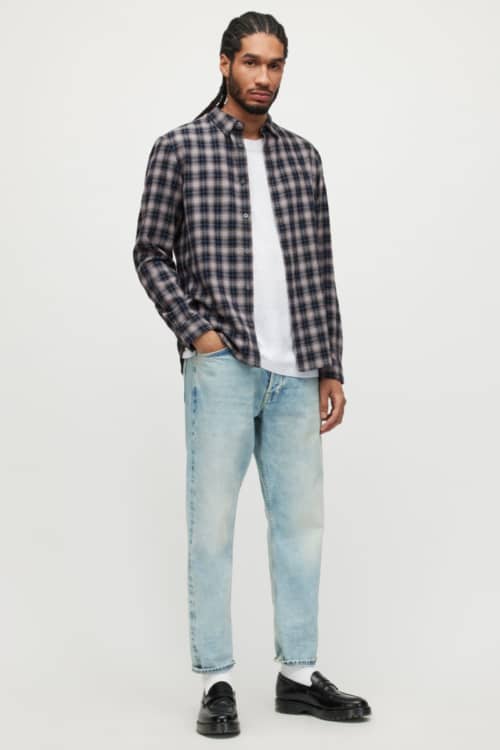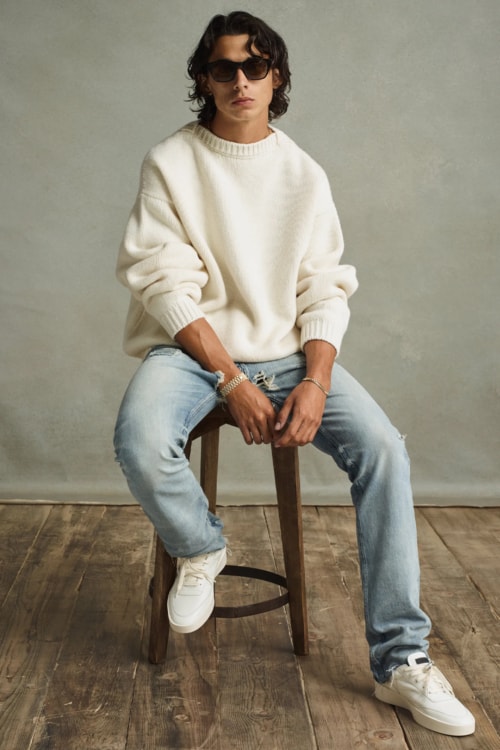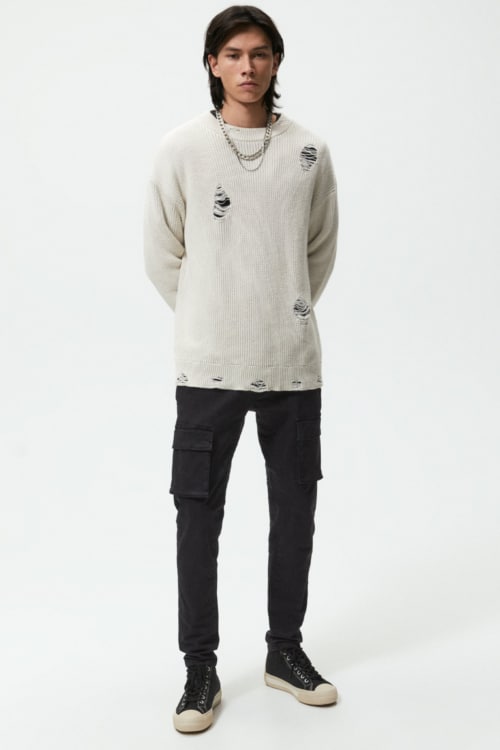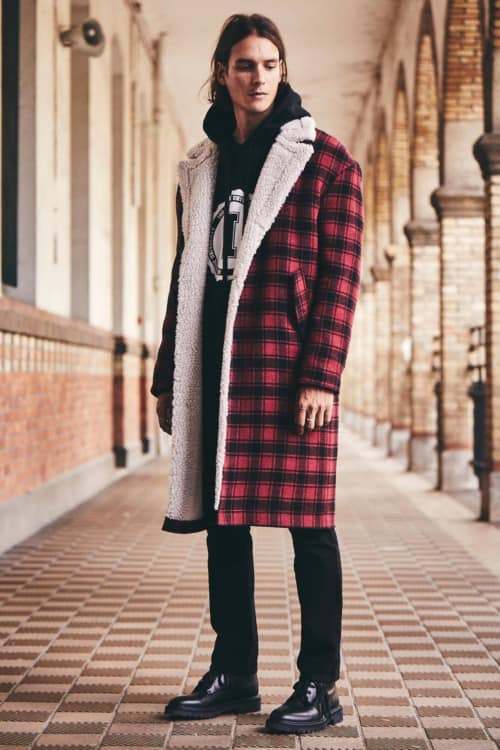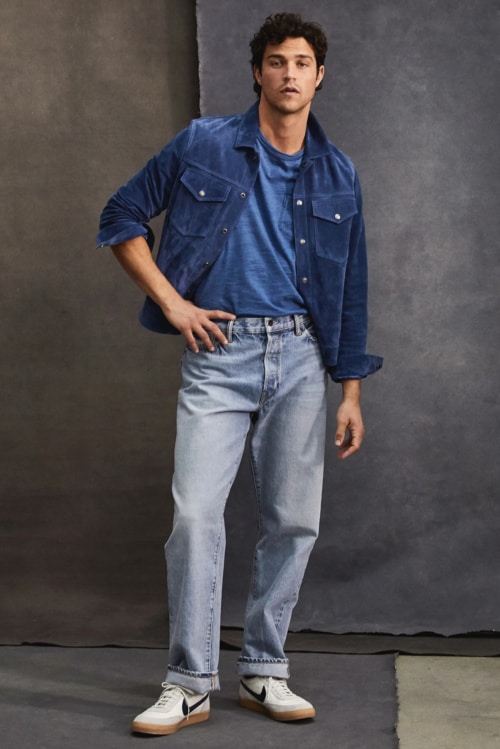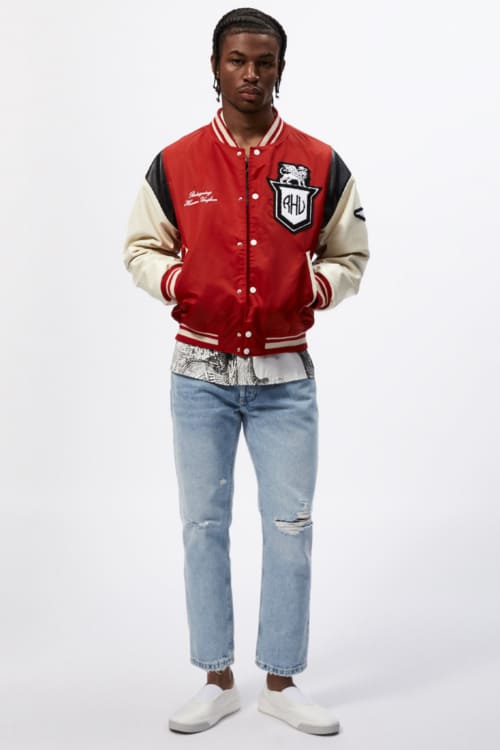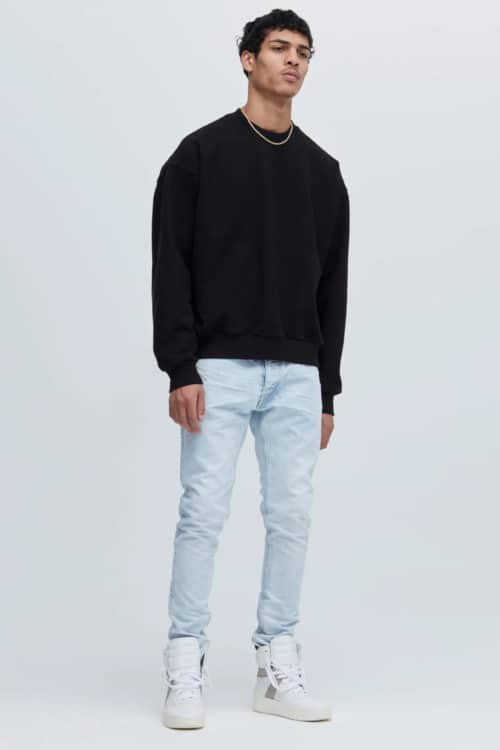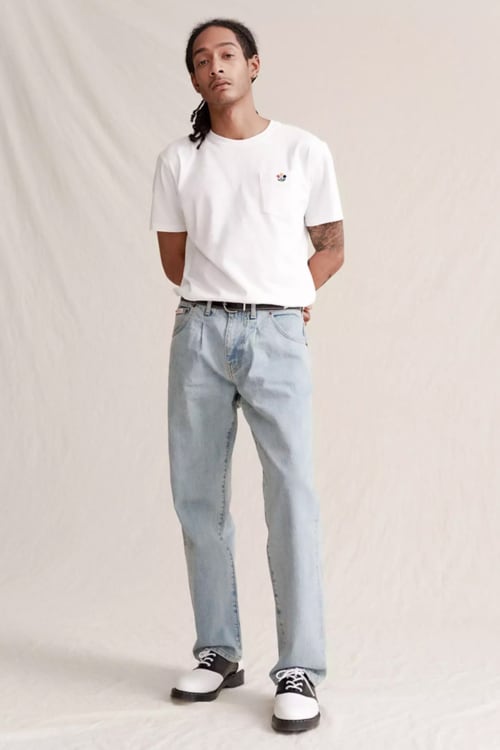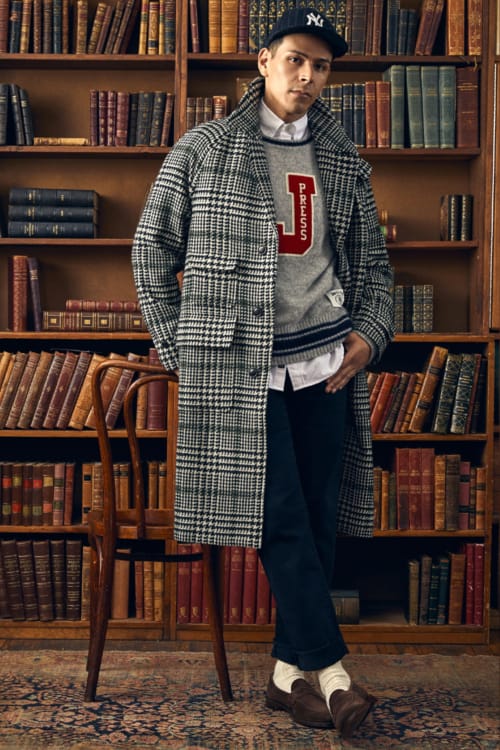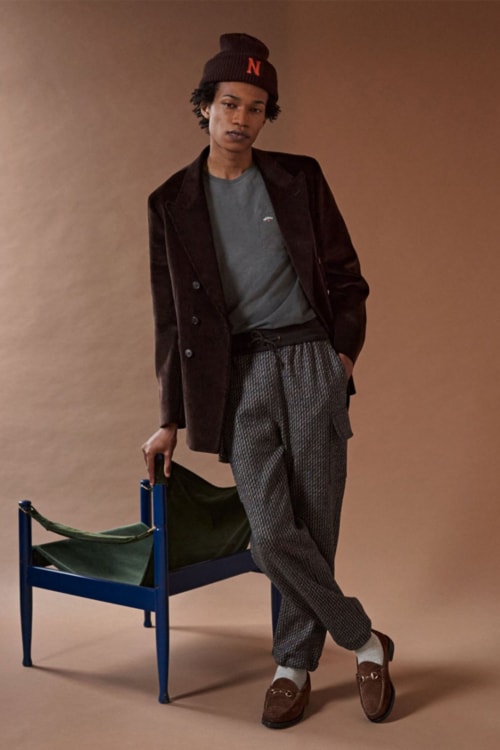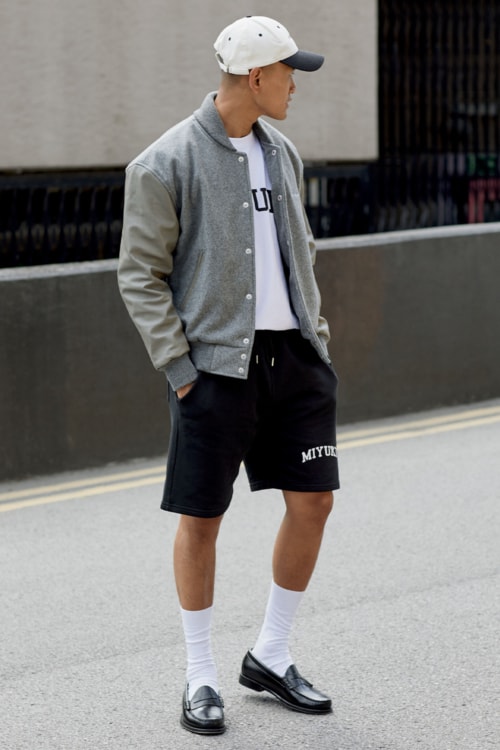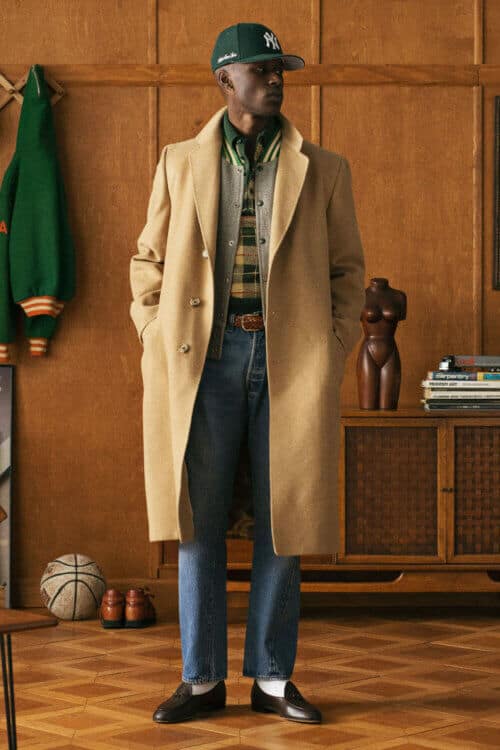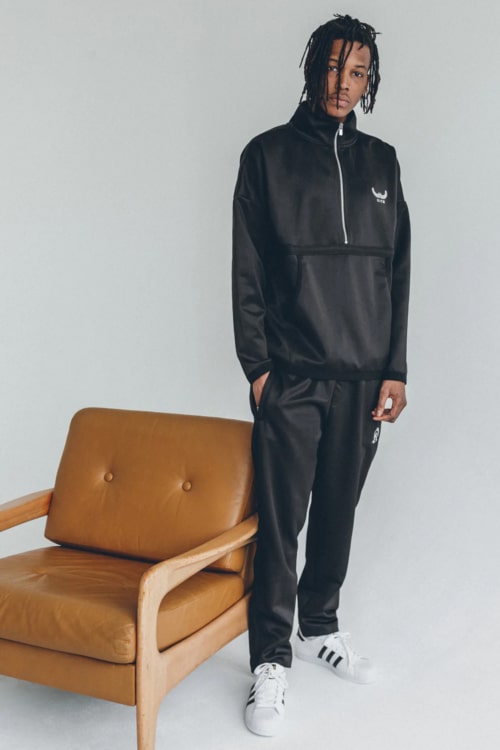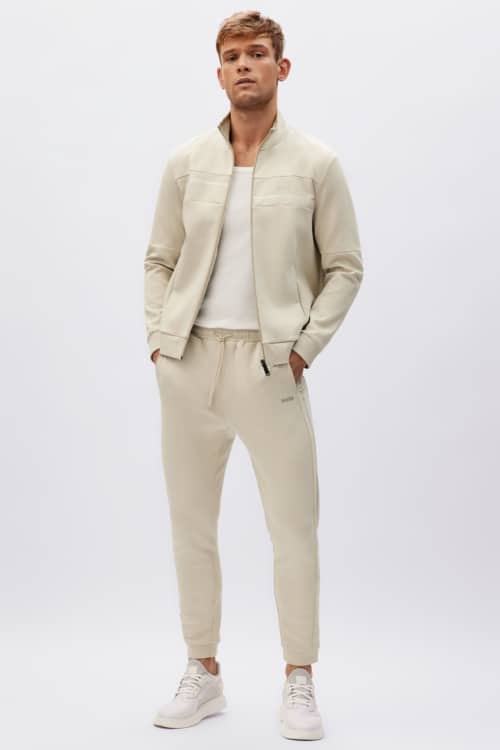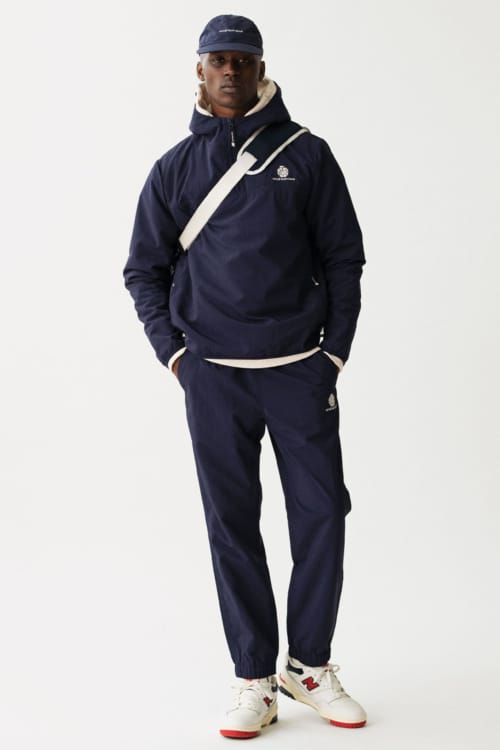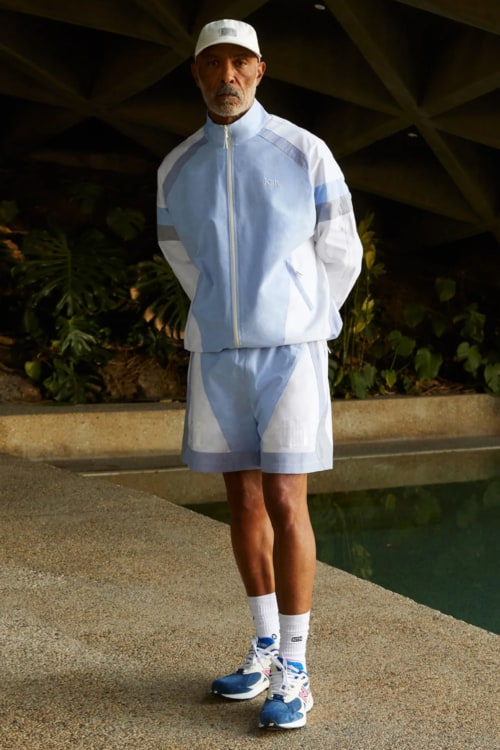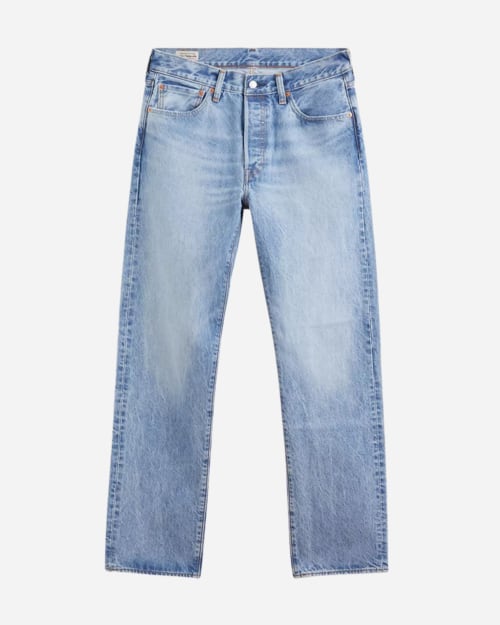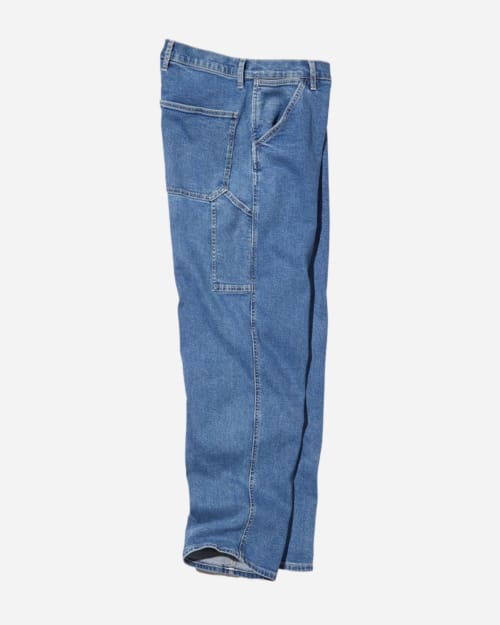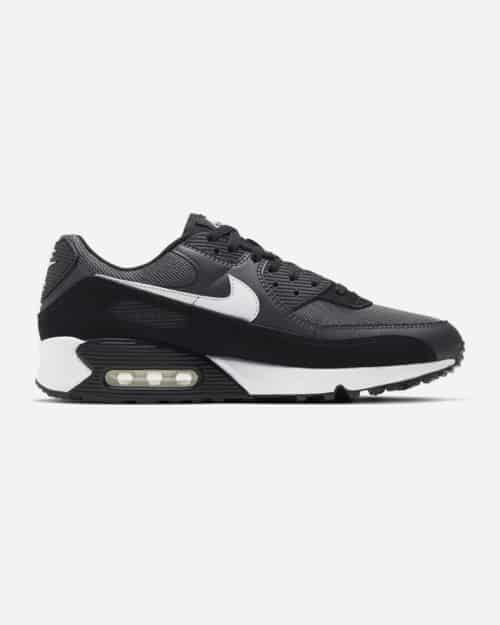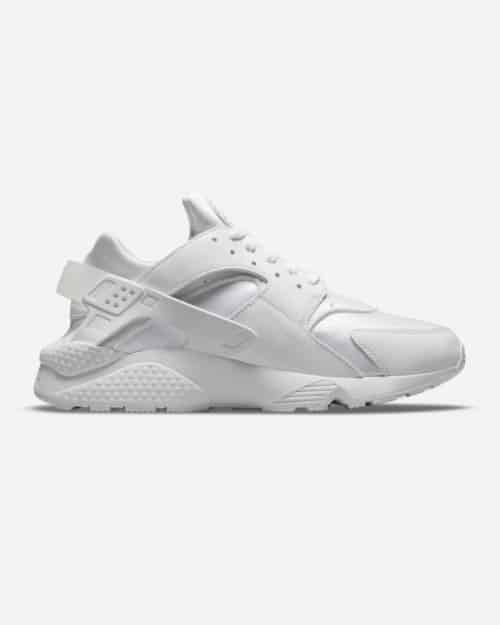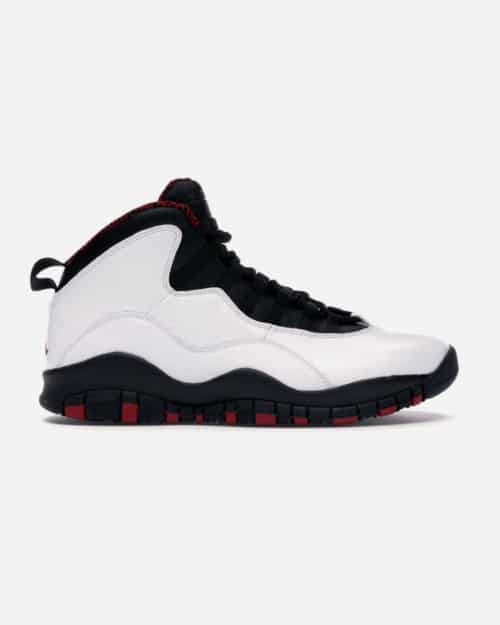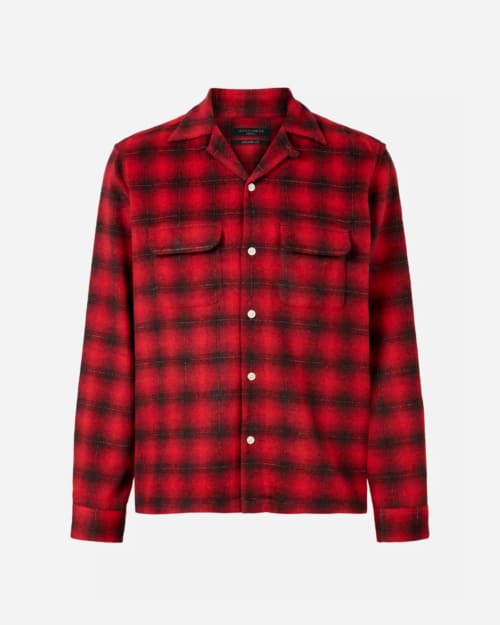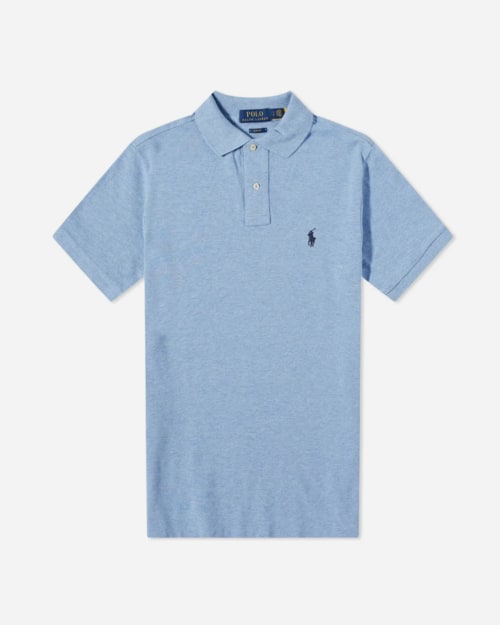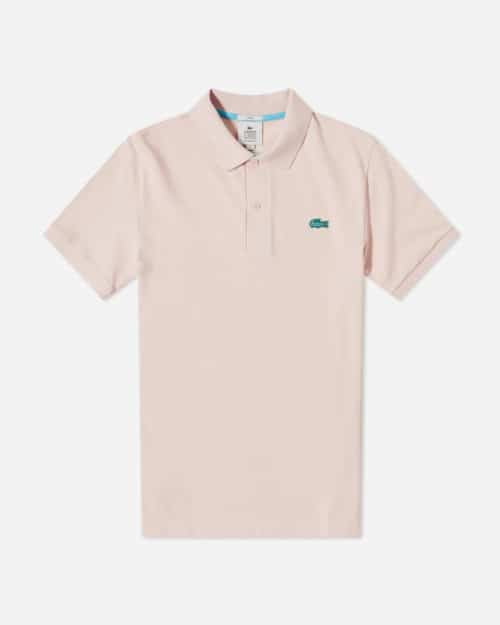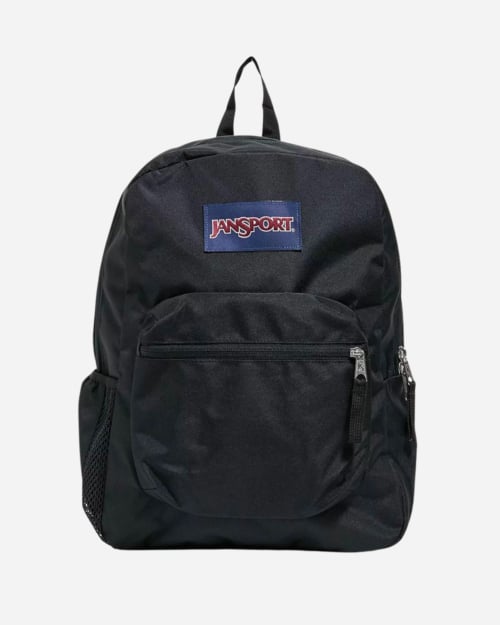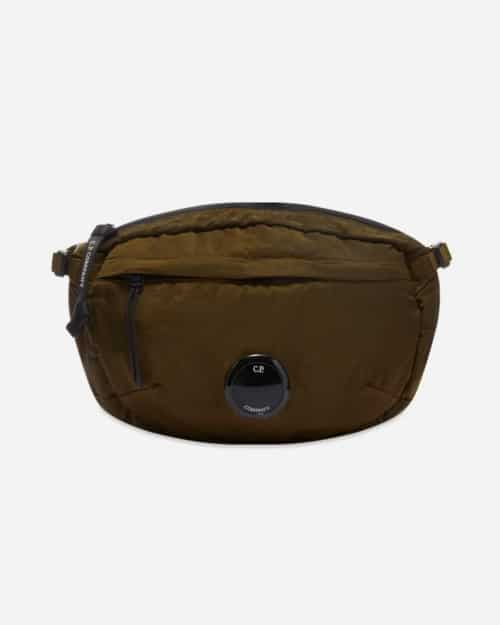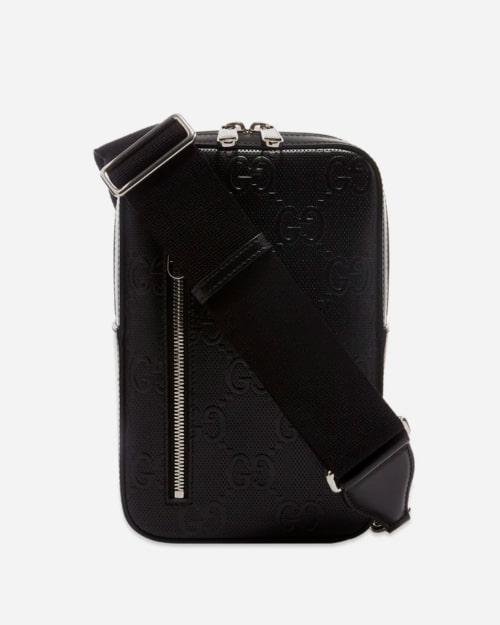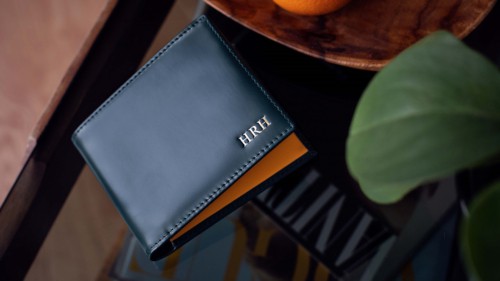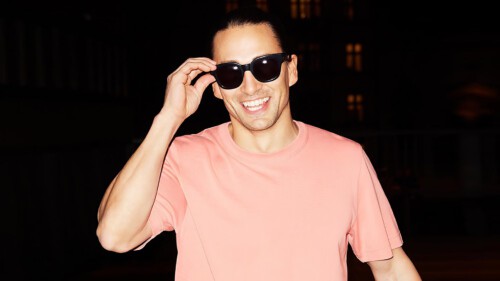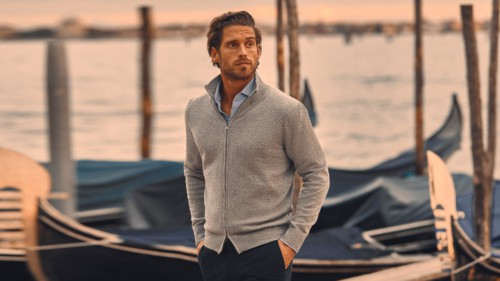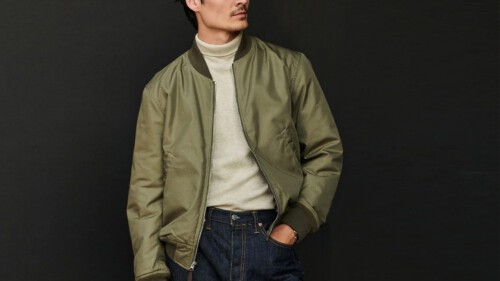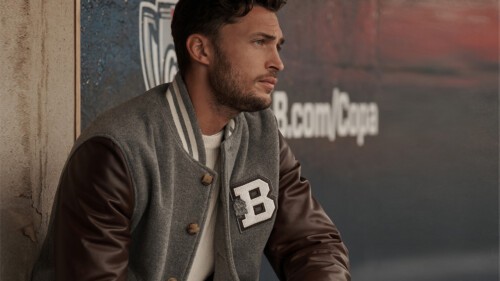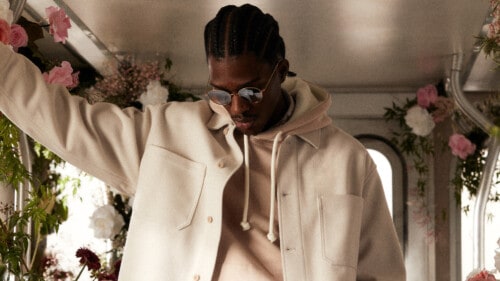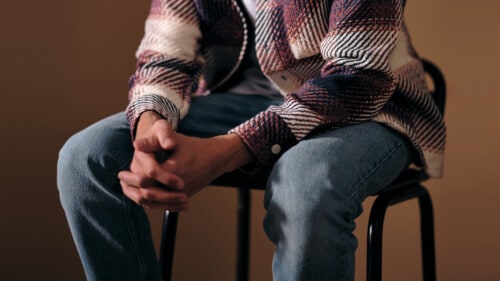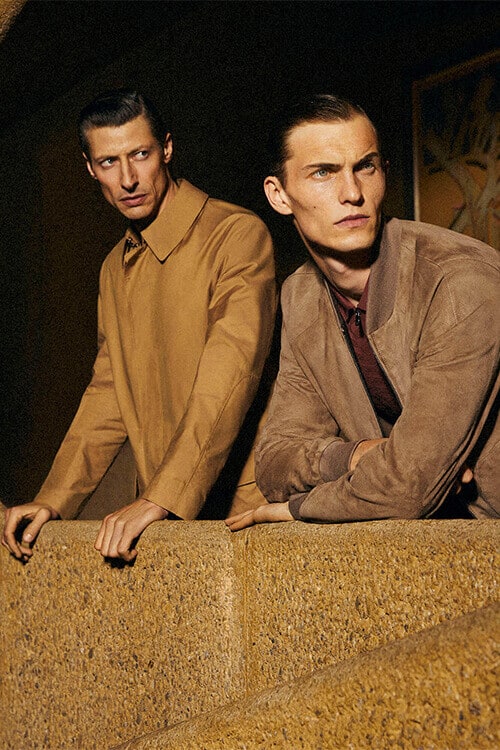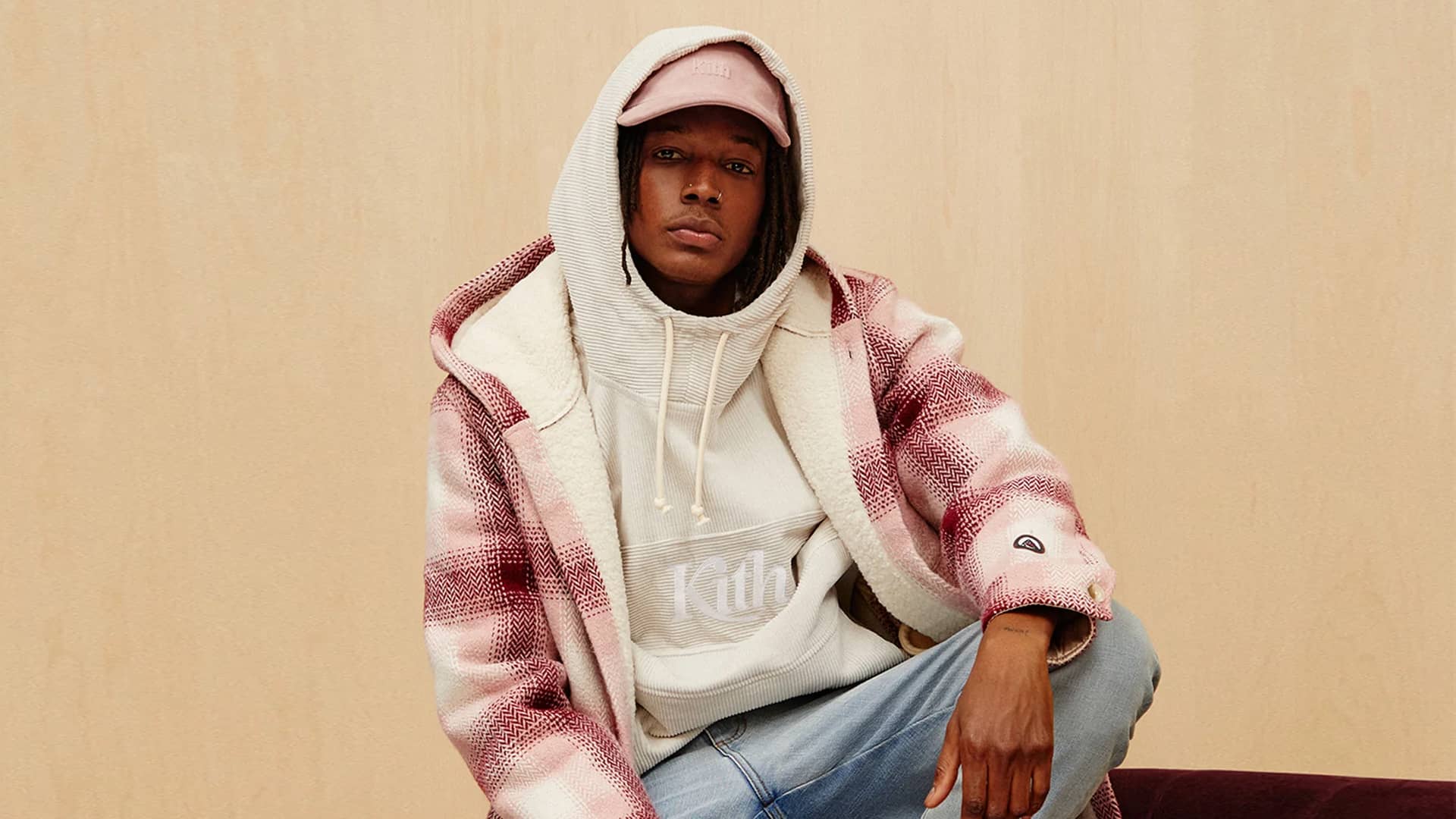
Men’s 90s Fashion Trends You Should Still Wear Today
The last of the pre-internet, analogue decades, 90s men’s fashion is well worth dissecting and reviving once again.
While the 70s and the 80s have long been duking it out for the title of the most stylish decade, 90s fashion has been everywhere for the past five years. The once-forgotten era has come back in a big way, with many claiming it deserves the crown as the coolest and most underrated era for style.
More diverse than you might first think, the 90s had it all, from the birth of grunge through to the rise in hip hop style and sportswear, with a bit of pale wash denim and logofare thrown in there for good measure.
The last of the pre-internet, analogue decades, 90s men’s fashion is well worth dissecting and reviving once again. From the key trends to the pieces you need in your wardrobe, here’s everything you need to know about 90s style.
The best 90s fashion trends for men
Grunge
It’s interesting how some of fashion’s biggest moments came from people who were wholly unconcerned with the way they were dressing. Take grunge style, which is widely credited to bands like Nirvana in the 90s and its frontman Kurt Cobain, who couldn’t care less what he wore.
Famously dishevelled – and yet somehow indescribably cool – he’d frequently wear baggy, poorly-fitting flannel shirts, oversized mohair cardigans and pale wash jeans, which on paper sounds terrible. In effect though it just worked, and would go on to influence a generation of moody teenagers who also attempted to look as though they just woke up and threw on whatever was on the bedroom floor.
Cobain didn’t try though, and that was perhaps where the magic came from. Grunge style is all about that effortlessness that’s incredibly hard to emulate. If going for it, keep things simple and perhaps update it slightly by tweaking the fit. Look for classic grunge pieces – flannel shirts, pale wash denim and baggy T-shirts – but slim them down slightly.
Use relaxed fit garments rather than the two-sizes-over that was popular in the 90s and you’ll have a more contemporary look that borrows from grunge while keeping you from looking sloppy.
Denim
Every decade has its own take on denim. The 50s was all about straight cut 501s in raw indigo, and the 70s had its flares which sat perfectly over leather boots. The 90s meanwhile owned the pale wash, which was applied to everything from classic five-pocket jeans to oversized denim jackets and even shorts. We’d skip the latter, unless you’re a middle age skater looking to relive your youth, in which case, crack on.
Forming the backbone of many a look, from hardcore punk styles through to grunge and prep, pale denim was as much of a statement as it was the heart of a wardrobe. Big brands like Tommy Hilfiger and Calvin Klein made their names off the mini movement, which saw countless celebrities from Brad Pitt to Kevin Bacon get involved.
The trick then, like now, is to keep things simple. Try a pair of light-wash jeans with a grey marl sweatshirt and vintage running shoes for an effortlessly, slightly sporty take on classic 90s style.
Preppy
Preppy style has never really gone away. Ever since it first came to prominence in the 50s and 60s – when the Ivy League campuses of the USA’s east coast began filling up with perfectly fitting chinos, polo shirts and club ties – the menswear world has been on a preppy kick. It just so happened that the genre had another resurgence in the 90s, with popular shows like The Fresh Prince of Bel Air and even Friends widely showcasing the style.
This is also the decade in which Ralph Lauren firmly established itself as the go-to preppy brand for contemporary Americana, peddling its easy-to-wear, approachable wares that borrowed from decades of classic college style.
The appeal of prep is easy to see. The entire movement is essentially made up of wardrobe staples including check blazers, denim jeans, polos and Oxford shirts, as well as classic footwear such as penny loafers, boat shoes and desert boots. If you’re going to try just one 90s trend from this list, prep might just be the way to go.
The tracksuit
The 1990s saw an increasing casualisation of menswear. The decade was arguably the start of the death of the suit as we knew it, as concepts such as ‘casual Friday’ began to take hold over offices around the world.
The rise of sportswear also no doubt contributed to this as well, with brands such as Nike, Adidas and Reebok expanding their product lineups and profiting from high profile athlete tie-ins. Around the world the tracksuit began to be more widely adopted, with the likes of Fila, Ellesse and Kappa also proving popular in the UK.
The incredible comfort of the tracksuit was arguably what helped its success, but it was also the ease of wearing it that surely appealed to everyone in the 90s, from football casuals through to the elderly. While still tricky to successfully pull off today, you could try splitting up the tracksuit and opting for a half-zip sweatshirt above a pair of pale wash jeans, incorporating two key 90s trends in one look.
The hair
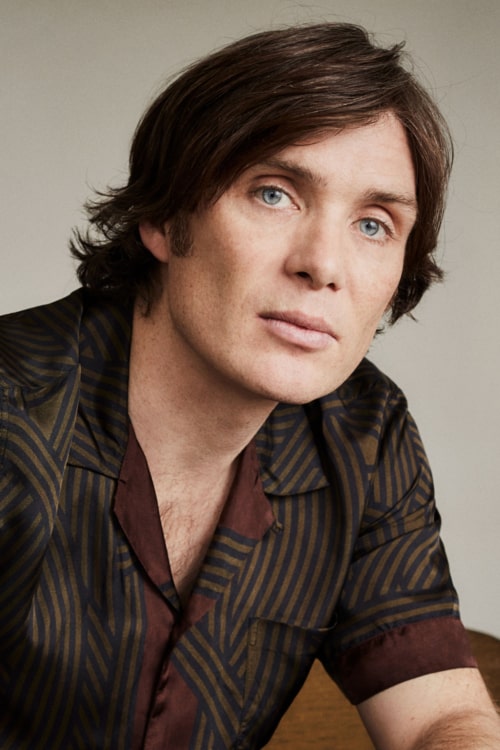
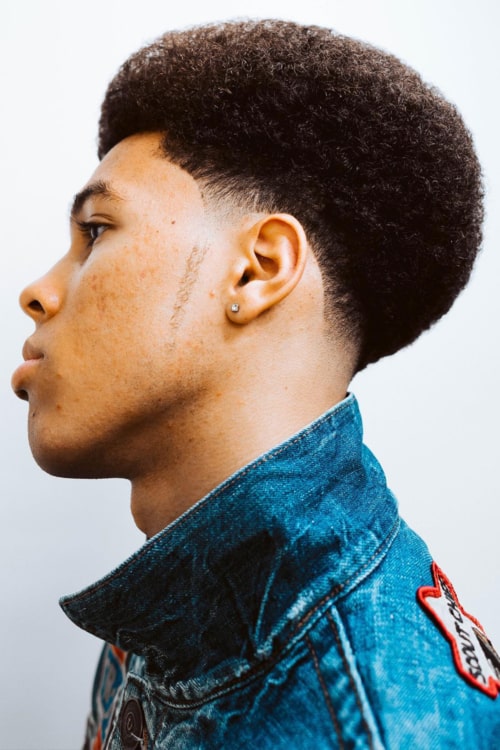
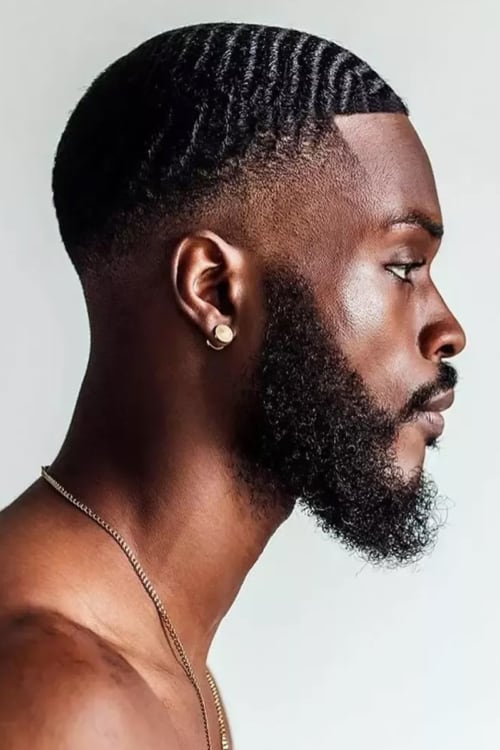
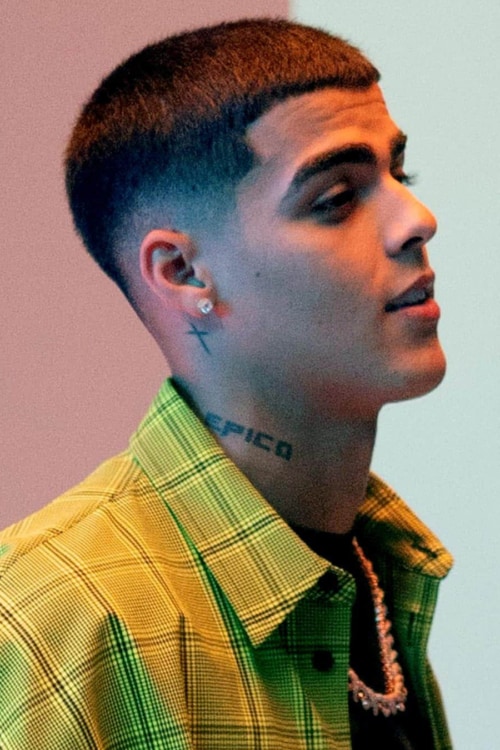
A big part of the 90s aesthetic, haircuts helped define the era with all manner of shapes and styles coming to the fore. One of the key styles and arguably the easiest to adopt today is curtains. Popular with everyone from Leonardo DiCaprio to David Beckham, the curtains hairstyle is essentially a medium-length cut with a soft middle parting that allows both sides of hair to fall down across each half of the face.
It was styled quite slick and straight in the 90s, but the look has proven popular in the last few years with the likes of Timothee Chalamet adopting a more voluminous curtains cut that’s loose and wavy, looking almost as though he just got out of bed.
Elsewhere the bowl cut proved popular in the 90s, (do not copy this one) while shorter buzz cuts and Caesar styles were worn by A-listers like George Clooney, who surely favoured them for their ease and practicality. As stylish now as they were then, try opting for a modern take with clippered sides that fade up to a slightly longer length on top, which allows you to subtly style it with a bit of texture to keep it from looking too pedestrian.
Grown-out afros were popular during the 90s too, with NBA icon Kobe Bryant famously wearing his throughout the decade, while rising hip hop stars like Nas opted for more stylised cuts with short, sharp waves which would continue to be widely worn into the 2000s and beyond.
90s men’s clothing you can wear today
Denim jeans
Denim is a staple of any wardrobe, regardless of whether you’re trying to incorporate the 90s into it or not. The classic fabric has been around for well over a century; first used in the late 1800s as a hardy, durable fibre engineered to withstand the rigours of the gold mines in western America. Since then it’s endured many forms, including in the 90s when it was favoured with a pale, stonewash.
Jeans in the 90s were generally straight cut, with mid-rises worn at the waist, so look for similar styles if you want to remain true to the era. Levi’s were especially popular, but so were other denim specialists including Lee and Wrangler, all of which produced similar designs that would be worn with everything from logo tees through to sweatshirts and flannel.
Sneakers
Sneakers were huge in the 90s. Nike had arguably its most creative decade ever, with lines across many verticals taking off in ways never previously thought possible. Air Jordans gained notoriety in the late 80s, and by the 90s they were the hottest sneakers on the planet.
Michael Jordan was the biggest star in the history of sports, and with multiple shoes released throughout the decade including some of his most iconic models like the Air Jordan V and XI, these were the sneakers to have. But other iconic designs were also dreamt up here, from the Air Max 90 to the Huarache, which first debuted in 1991.
It wasn’t just Nike that was profiting though – brands such as Fila, Reebok and Adidas released a number of iconic silhouettes. Skateboarding also went mainstream, and the shoes worn by pros and wannabes alike would prove to have an enduring effect on the sneaker market.
Shirts, flannel and polos
One of the easiest ways to inject a bit of 90s style into your wardrobe is by looking at the shirts. A flannel shirt, with twin chest pockets and a versatile check pattern, is a safe wardrobe investment, and one that’ll look as good now as it will in 20 years’ time. You can wear them with denim, sure, but a muted flannel shirt can be dressed up with tailored drawstring trousers and Derbies too, giving it a smarter look that the 90s wasn’t quite ready for.
If you’re not quite ready to channel your inner lumberjack, a polo shirt is a wise choice. Hugely popular in the 90s with brands such as Ralph Lauren and Lacoste selling them by the truck load, the polo is an adaptable essential that can be worn to a wide variety of settings. Dress it down with shorts in the summer, or elevate it by combing with an unstructured blazer and chinos.
The bags
Much of the popularity of carry-able luggage today can be attributed to the 90s. The decade saw the widespread acceptance of the backpack, a formerly uncool accessory that suddenly became an overnight hit. Like many things during the decade, the backpack was utilised by skaters for its practicality – it could carry your daily essentials while simultaneously being able to skate hands-free.
Today, any brand worth their salt produces backpacks, ranging from technical, hiking styles through to luxe takes crafted from high-end leather. For an authentic 90s look though you’ll want to turn to the nylon variety, peddled today by the likes of Eastpak and Jansport.
For something smaller and more compact, you might want to consider the other 90s luggage staple: the bum bag. Otherwise known as the fanny pack, this humble zip-up pouch somehow gained popularity during the decade, where it was worn by everyone from George in Seinfeld to a young Dwayne Johnson.
A practical daily carry, the bum bag has recently made a comeback where it’s been reinterpreted and given a rebrand as a ‘belt bag’ or ‘cross body bag’, although it’s just as casual. Try one in a nylon or ripstop fabric and take one out on your next day trip, where it’s ideal for holding your keys, wallet, phone and other daily essentials – you’ll likely never look back.
